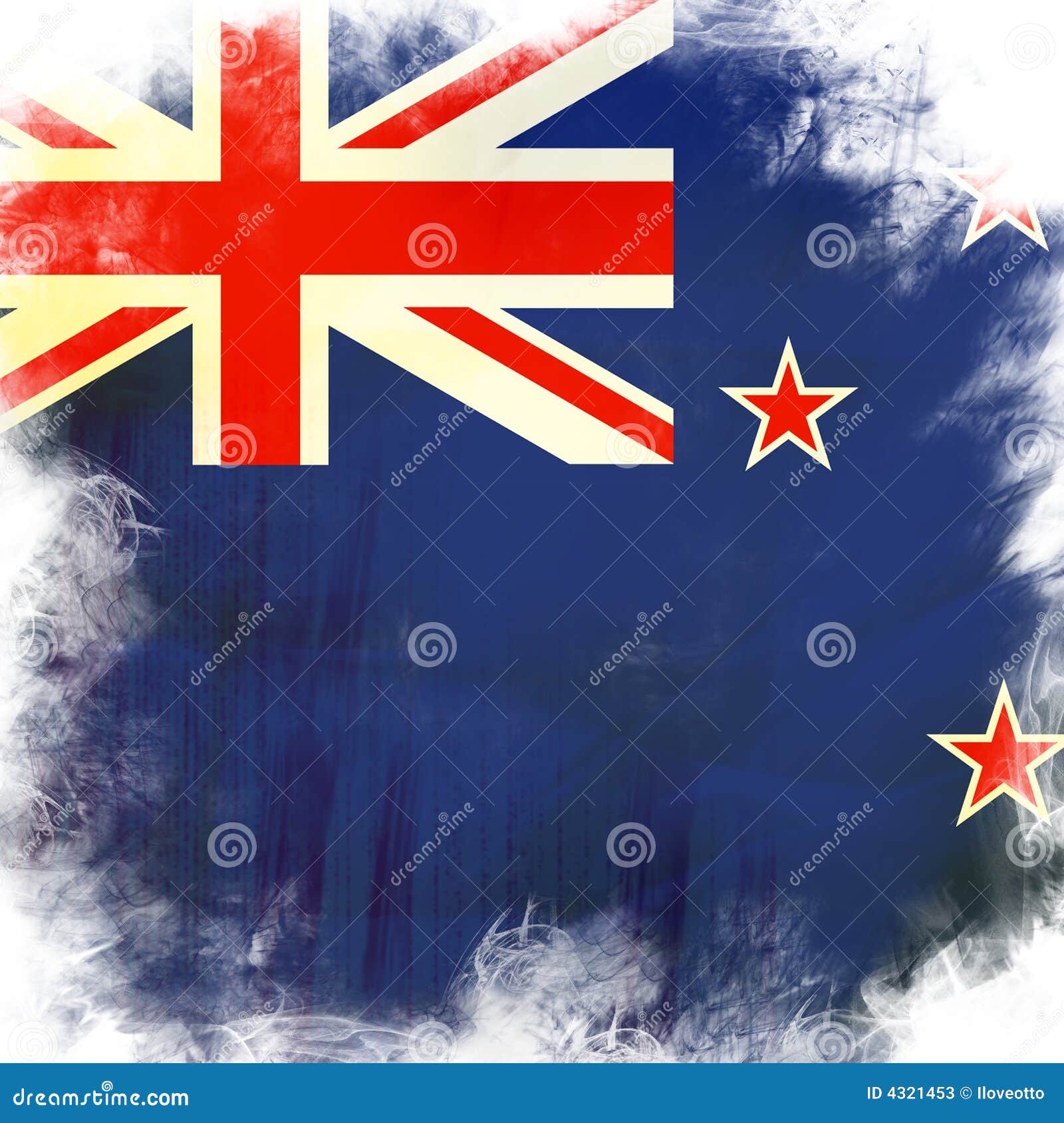Flexzilla Pro high flow couplers and plugs double the amount of air flow to your tool. Connect Flexzilla Pro high flow fittings from your tool all the way to the compressor. This ensures the best performance your air system can provide. For maximum efficiency, use Flexzilla Pro high flow! Don’t starve your air tool! Payflow Pro: $25/month. Unlimited checkout customization. Payflow Pro is fully customizable, so you can build a checkout experience as unique as your business. Everything is on the table, from language and layout to page sequence and PCI compliance options. Jolly ID Flow is an easy-to-use but powerful ID software solution. Its integrated badge design program allows you to create and print professional-looking photo ID cards. ID Flow is offered in two editions: Standard and Premier. Have questions about Jolly ID Flow software?
This post illustrates the steps from the initial block and flow diagrams to achieve the final Piping & Instrumentation Diagram (P&ID) diagrams required for the interpretation and governance of process plants, as well as to highlight and report on the video pages of the Distributed Control System (DCS) measurement and control loops suitable for the management of the plants.
P&ID DRAFTING PROCESS
Normally the process scheme is a unified graphic representation of a system to be implemented, developed during the design phases and is divided into:
- Block Flow Diagram (BFD)
- Process Flow diagrams (PFD)
- Process & Instrumentation Diagram (P&ID or P&I)
- Flow & Instrumentation Diagram (F&ID or FID)
Block Flow Diagrams (BFD)
The Block Flow Diagram has the purpose of illustrating the logical flow of the processing phases of the product, highlighting the processing sequence, their concatenations and the types of treatment plant: each block represents a treatment unit of the process plant.
Process Flow Diagram (PFD)
The Process Flow Diagram examines the single unit or the plant itself, and it represents the main equipment, the connections between them (pipes), highlights the main tools (equipment, instruments, and valves), and the essential settings for a correct operation and a correct management of the plant itself, as the following nominal operate conditions:
- Flow
- Pressure
- Temperature
- Chemical composition
Process & Instrumentation Diagram (P&ID or P&I)
The Process & Instrumentation Diagram is the logical continuation of the flow scheme because the latter is supplied with all the information necessary for the construction and operability of the plant.
Each specialized engineering unit completes and/or develops, using an internationally recognized symbology (for Example, ISA S series 5), the parts of its competence by inserting in the scheme:
- Data and characteristics of the equipment
- Numbering and classification of pipes
- Instrumentation in the control room
- Instrumentation and valves in the field
- Construction and installation notes
For a simple e completed P&ID see Figure 1 that show a simple Wessel level control consisting of:
- an electrical control loop, with level transmitter LT 1, level controller LIC 1, I/P converter LY 1 and level control valve LCV1;
- an electrical safety loop, with a level switch of high-level LSHH 2 with level alarm LAHH 2 and safety valve LSV 2 auctioned by the solenoid S;
and with the necessary different Supply, i.e. Air (AS), Electrical (ES) and Water (WS).
Figure 1
Example of a measured and controlled Wessel with discrete electronic instrumentation:
- Identify the control loop
- Identify the security loop
Flow & Instrumentation Diagram (F&ID or FID)
From the P&ID, additional utility schemes are obtained that are necessary for the construction and operation of the plant, such as:
- Simplified diagrams for video pages
- Simplified diagrams for the operating manual
- Roadmaps for hydraulic or pneumatic piping test circuits
Normally from the Piping & Instrumentation Diagram (P&ID), it is possible to obtain the Flow & Instrumentation Diagram (F&ID), also called Scheme of March which briefly highlights:
- Process lines
- Main instrumentation
- Control and security loops
suitable for the construction of video pages and the management of the Distributed Control System (DCS).
For a simplified F&ID see Figure 2 that shows a typical 3 Phases Separator of crude oil coming from the extraction wells, in the three phases:
- Gas, top right, controlled by the PC controller
- Oil, lower on the right, controlled by a first LC level controller
- Water, down on the left, controlled by a second LC level controller
Complete the control of the separator, the safety devices to prevent high pressure:
- The Pressure Safety Valve (PSV)
- The Rupture Disk, normally named Pressure Safety Element (PSE)
The scheme is indeed simplified as a demonstration to present the main elements of:
- a) The measure, i.e. monitoring of the main process variables
- b) Regulation, or control of the main process variables
- c) Actuation, or modification of the main process variables
- d) Safety, control, and blocking of the process for exceeding the process pressure max
Figure 2 Simplified example of a 3 Phases Separator: Gas, Oil, and Water
P&ID vs PFD
A process flow diagram (PFD) shows, generally, only the major equipment used in a chemical process and the logic flow of the chemicals treated within the plant.
PFDs are developed in the initial stages of plant engineering, or for training, maintenance and operation purposes, to outline the basic characteristics of the processes that have to be managed by the plant.
A PFD generally does not show the relieving system, pumps minimum flows, compressor anti-surge flows, and the isolation system.
A P&ID drawing, instead, is a more detailed representation of the processes, including any minor or minor flow, any piping and instrumentation equipment, and the control loops that govern the system.
P&IDs diagrams are developed by intense cooperation of instrumentation, electrical, mechanical, safety engineers.
The process to achieve a final P&ID is described in this article.
In a P&ID, all components are numbered and defined in terms of service and specifications, nozzles, internals, and manholes are indicated, and the piping connection types are clearly defined.
More in detail, P&ID shows (with regards to piping components):

- any startup, production, shut-off, emergency, and maintenance line
- any piping component with explanatory comments
- process line information, such as line number, size, fluid symbol, applicable piping class, and insulation requirements
- any configuration requirement, like the number of pockets and free draining
Regarding instrumentation systems, P&ID drawings show:
- any instrument to control, monitor, shut down, interlock or automate the plant
- all field instruments
- the control and shutdown valves including their type, failure status, and sizing information
- the required pressure relief valves with indications about the set over-pressure and sizing
- the types of signals, such as pneumatic, electric, hydraulic, soft links, digital, etc.
Lastly, P&ID diagrams should show:
- the battery limit between the EPC contractor and the End-User
- the is battery limit
- process packaged equipment
- line break information, as line number, piping class, and insulation
About the Author
Author: Dott. Prof. Alessandro Brunelli – Professor of Instrumentation, Automation, and Safety of Industrial Plants
Cavaliere dell’ Ordine al Merito della Repubblica Italiana (OMRI N. 9826 Serie VI)

Author of “Instrumentation Manual” (available in IT):
- Part 1: illustrates the general concepts on industrial instrumentation, the symbology, the terminology and calibration of the measurement instrumentation, the functional and applicative conditions of the instrumentation in normal applications and with the danger of explosion, as well as the main directives (ATEX , EMC, LVD, MID, and PED);
- Part 2: this part of the book deals with the instrumentation for measuring physical quantities: pressure, level, flow rate, temperature, humidity, viscosity, mass density, force and vibration, and chemical quantities: pH, redox, conductivity, turbidity, explosiveness, gas chromatography, and spectrography, treating the measurement principles, the reference standard, the practical executions, and the application advantages and disadvantages for each size;
- Part 3:illustrates the control, regulation, and safety valves and then and simple regulation techniques in feedback and coordinates in feedforward, ratio, cascade, override, split range, gap control, variable decoupling, and then the Systems of Distributed Control (DCS) for continuous processes, Programmable Logic Controllers (PLC) for discontinuous processes and Communication Protocols (BUS), and finally the aspects relating to System Safety Systems, from Operational Alarms to Fire & Gas Systems, to systems of ESD stop and finally to the Instrumented Safety Systems (SIS) with graphic and analytical determinations of the Safety Integrity Levels (SIL) with some practical examples.

Need an Offer?
Professional Flowcharting Software
Process Flow Diagram (PFD)
Process and Instrument Drawing (P&ID)
Process flow diagrams (PFDs) are used in chemical and process engineering. These diagrams show the flow of chemicals and the equipment involved in the process. Generally, a Process Flow Diagram shows only the major equipment and doesn't show details. PFDs are used for visitor information and new employee training.
A Process and Instrument Drawing (P&ID) includes more details than a PFD. It includes major and minor flows, control loops and instrumentation. P&ID is sometimes referred to as a Piping and Instrumentation Drawing. These diagrams are also called flowsheets. P&IDs are used by process technicians and instrument and electrical, mechanical, safety, and engineering personnel.
In both diagrams arrows show the flow of material and symbols show tanks, valves, and other equipment. The symbols used vary somewhat from organization to organization. So you may see several different symbols that all represent a motor.
The drawings below can be downloaded and edited. It is often easier to modify an existing diagram than to draw a new one. If you haven't done so already, download the free trial version of RFFlow. Once it is installed, you can open the samples on this page directly in RFFlow by the links to the right of each picture. From there you can zoom in, edit, and print the sample diagram.
To see the shapes available, run RFFlow, click on the More Shapes button , scroll and open the Industrial Objects folder. The stencils in this folder are:
Industrial Design - Wastewater Treatment Plant
Click to enlarge imageDownload Industrial_Design.flo
Process Flow Diagram - Continuous Flow Ozonation Apparatus
Click to enlarge imageDownload ozonation.flo
Block Flow Diagram
Click to enlarge imageDownload block-flow-diagram.flo
Process Flow Diagram
Click to enlarge imageDownload process-flow-diagram-osha.flo
Process Flow Diagram - Amine Treatment
Click to enlarge imageDownload process-flow-diagram-amine.flo
Process Flow Diagram (PFD)
Click to enlarge imageDownload process-flow-diagram-2.flo
Process and Instrument Drawing
Click to enlarge imageDownload process-and-instrument-drawing.flo
Elevation Drawing
Click to enlarge imageDownload elevation-drawing.flo
Vessels and Tanks
Click to enlarge imageDownload vessels.flo
Process Flow Valves
Click to enlarge image Download process-flow-valves.flo
Download process-flow-valves.floId Flow Professional Crack
Pumps and Compressors
Click to enlarge image
Download pumps.flo
Register | Documentation | Privacy and Security | Version Information | Free Additional Shapes | Software Resellers | Free Viewer | Contact | Full Version
Id Flow Free
